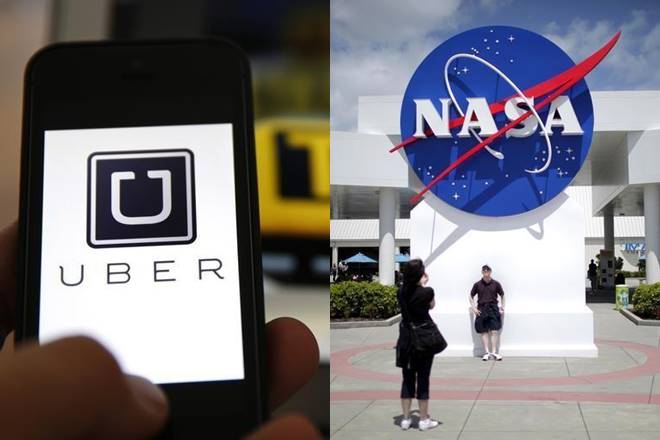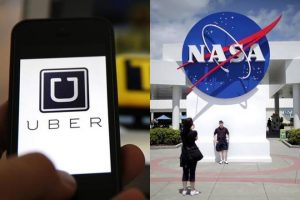
 Uber has inked an agreement with NASA to design software for controlling flying taxi roads in the air roughly similar to the ride-hailing services that it has founded on the ground, the company claimed this week to the media in an interview. And in this condition, it is working tough to remain on good side of the regulators. Uber claimed that it was the first official services deal by the U.S. NASA (National Aeronautical and Space Administration) wrapping low-height airspace before outer space. NASA has utilized such deals to design rockets ever since the late 50s.
Uber has inked an agreement with NASA to design software for controlling flying taxi roads in the air roughly similar to the ride-hailing services that it has founded on the ground, the company claimed this week to the media in an interview. And in this condition, it is working tough to remain on good side of the regulators. Uber claimed that it was the first official services deal by the U.S. NASA (National Aeronautical and Space Administration) wrapping low-height airspace before outer space. NASA has utilized such deals to design rockets ever since the late 50s.
Jeff Holden, the Chief Product Officer, also claimed that Uber might start testing 322-km-per-hour (200-miles-per-hour), 4-passenger, flying taxi services in 2020 all over Los Angeles, its 2nd test market after Fort Worth/Dallas. Holden is set to unveil the latest air taxi plans of the company at Web Summit, a yearly Internet meeting happening this week in Lisbon. “There is an actuality that Uber has developed up a lot as a firm,” Holden claimed to the media in an interview before his speech. “We are now a huge firm on the global platform and you cannot do things the similar way where you are a global and large-scale firm that you can carry out when you are a scrappy and small startup.”
Uber has encountered never-ending legal and regulatory battles all over the world ever since it rolled out its ride-hailing facilities previously this decade, comprising a latest argument in London, where it is fighting to keep hold of its license after having been exposed of it over safety concerns by city regulators. The firm is seeking to speed growth of a new market of on-demand, electric, and urban air taxis, which users might order up through handsets in methods that are similar to the ground-supported taxi choices. The ride-hailing service has been popularized since 2011 while growing into over 600 cities, Holden claimed.
The firm aims to roll out intra-city and paid services for flying taxi from beginning of 2023 and is operating closely with aviation regulators in Europe and the United States to win approvals of the regulatory.
